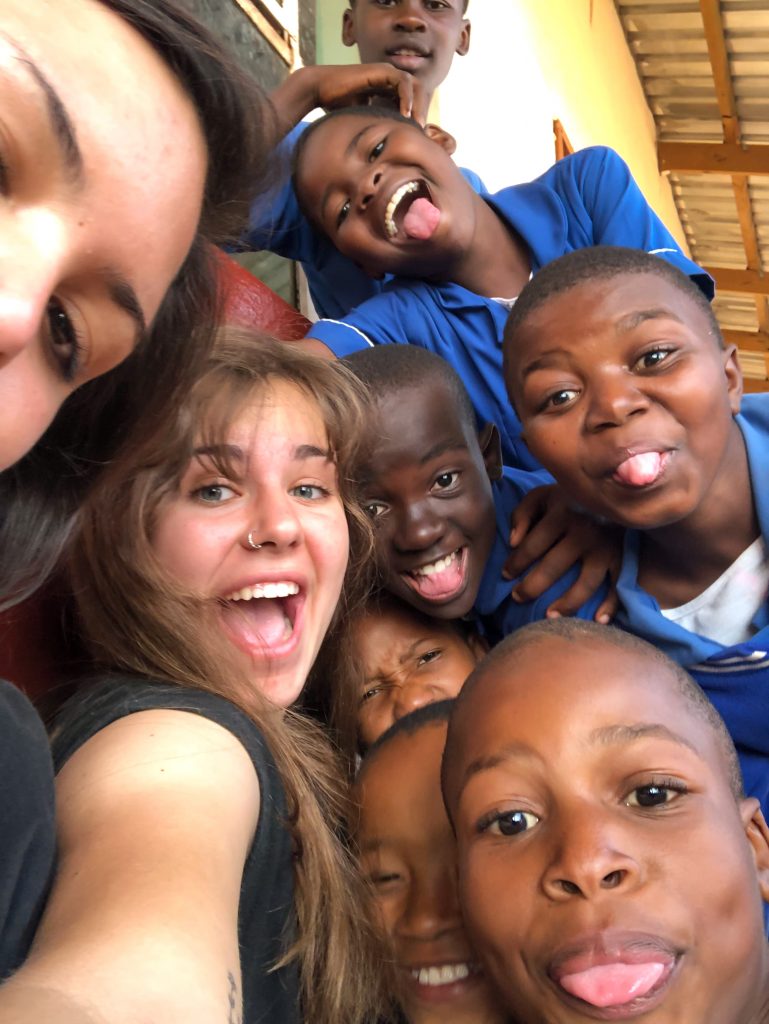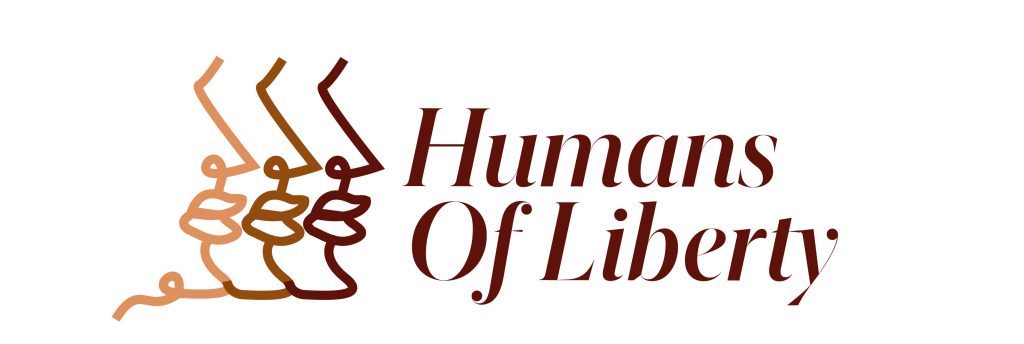In 2019, pizza broke Abby Fillman’s heart. As the fifth month of her nine-month gap year program came to an end, Fillman found herself in Myanmar, surrounded by children and brought to tears by a food so many people in America eat on a weekly basis.
“We threw them a pizza party because we would ask them what their favorite food was, and everybody would say pizza because that was one of the English words that they knew, but none of them had ever eaten pizza,” Fillman said.
This moment stands out to Fillman as one that forever shaped the way she views the luxuries so many people in the United States take for granted.
Fillman’s parents have always been “mission-minded,” taking her on an eye-opening mission trip to Jamaica when she was 16 that cemented what she had always known about herself.
“I was set on going to college, graduating and living in America my whole life, and then after I went to Jamaica for the first time, I was like ‘Okay, I don’t think this is what the Lord wants for me,’” Fillman said. “So right when I got home, I started looking at gap year programs.”
As Fillman approached her high school graduation in 2018, the search for a gap year program ended. After stumbling across a nine-month mission trip dubbed the World Race on Twitter, Fillman knew it was the program for her.
An in-depth application detailing her experience with her faith, a phone interview examining several of her answers and a month-long wait were the final barriers between Fillman and what she knew was the beginning of the rest of her life.
The World Race is broken up into six routes with each group consisting of 50 people who are referred to as a “squad.” From there, each squad is broken up into teams of about seven people who do every step of ministry together.

The first step of the World Race began a couple of months before they boarded a plane to travel overseas. In the summer, Fillman’s squad embarked on a 10-day camping experience in Georgia that focused on preparing the teams for different scenarios they would encounter in the field. Amidst extended layovers and lost luggage, the team was instructed about world religions and given the opportunity to experience different cultures daily with themed meals and dress codes.
The first three months of the trip were spent in Guatemala with Fillman’s team focusing its ministry efforts in the town of San Lorenzo. Fillman spent four days of the week teaching preschoolers English in an afterschool program.
Doing crafts, teaching English to her Spanish-speaking students and simply spending time with the children filled Fillman’s heart with joy, but her most mind-blowing moments happened when her team would do house visits in their town to interact with the community on a more personal level.
“We would go, and we would pray for the Lord to show us something, and then we would go and find it, basically,” Fillman said. “I remember specifically my teammate Rissa seeing a red ribbon and being like, ‘I just really feel like we’re going to be led to somebody that has a red ribbon.’ And then there was a red ribbon tied on some windows, and we knocked on the door, and this man ended up giving his life to the Lord that day.”
Fillman described intense spiritual situations like that as their “normal.” The team witnessed a woman’s sight being restored and at one point, encountered a boy that the locals said was demonically possessed.
“You hear so many stories about that, but it’s so distant until it’s not,” said Fillman. “Every opportunity is an opportunity to do missions.”
As the Guatemala leg of the trip ended, Fillman remembered the transition to their month in Thailand being a difficult one. The holiday season spent away from their families coupled with manual labor the team did to build a local school left much of the team feeling drained and exhausted, both physically and emotionally.
Among the difficulty, however, Fillman remembered the Buddhist monks her team befriended in local temples as being the brightest part of that month. They were funny and lively, and her team prioritized getting to genuinely know who they were.
“We just wanted to get to know their heart and what they believe because you can’t really evangelize to people if you don’t know what they believe,” Fillman said.
After Thailand, Fillman’s team traveled to Myanmar, which was the least Westernized community they encountered. It was there, in Myanmar, that the team threw the pizza party that gave Fillman a new meaning for the word “grateful.”
With rapidly growing hearts, Fillman’s team returned to Thailand for a month and then transitioned to Nsoko, Eswatini, where the last three life-changing months were spent showering local children with love at “care points.” Care points, according to Fillman, are buildings equipped with a playground and food in a community where children can come to receive a meal, attention and love from willing missionaries.
The transition from the World Race back to what did not even feel like “home” anymore was extremely difficult for Fillman. It would be another year before Fillman chose to pursue a degree at Liberty University in the fall of 2020. She needed time to readjust to life in America, knowing that the overwhelming privilege and abundance she lived in was not accessible to the countless people she had grown to love in that year.
“I have never felt as much joy as I did on the mission field with five shirts, three pairs of pants and living out of a backpack,” Fillman said. “Even with food that I wasn’t used to and with languages that I often couldn’t communicate with, just to love them and serve them — it was so normal that every time I went out, I was just going to go love somebody, and that was the goal.
Vires is a feature writer. Follow her on Twitter.
